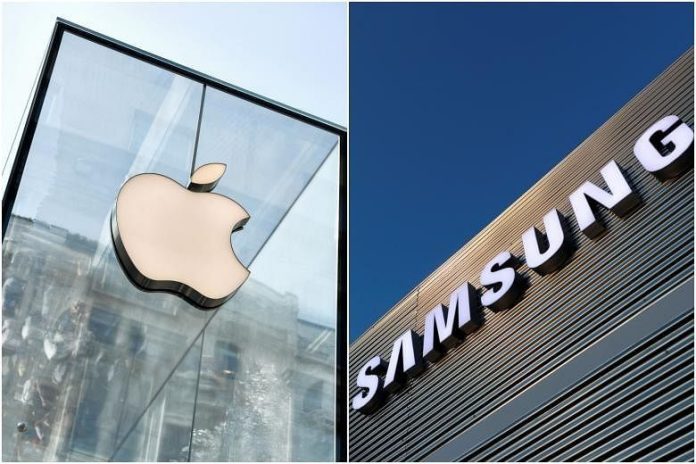The smartphone industry in the first quarter of 2024 showcased a complex and competitive landscape. While there was a noticeable decline of approximately 10% in Android shipments, the overall global shipments witnessed a growth of 7.8%, reaching 289.4 million units.
This mixed performance suggests intense competition among manufacturers, market saturation in certain regions, and varying consumer preferences.
Samsung managed to reclaim its position as the top-selling smartphone brand with a market share of 20.8%. Despite experiencing a slight dip of 0.7% in sales compared to the previous year, Samsung’s latest flagship series, the Galaxy S24, significantly boosted its sales figures to over 60 million units.
This success can be attributed to effective marketing strategies, product diversification, and strong brand presence across various consumer segments.
On the other hand, Apple faced challenges in the first quarter, witnessing a decline of 9.6% in iPhone shipments, selling 50.1 million units.
This decline, following a robust performance in the December quarter, might be due to market saturation in key regions, increased competition from both Samsung and Chinese brands, and the absence of major product launches during this period.
Chinese smartphone manufacturers, particularly Xiaomi and Transsion, continue to make significant strides in the global market. Xiaomi secured the third position with a market share of 14.1% and experienced a growth rate of 33.8%.
This success is attributed to Xiaomi’s aggressive pricing strategies, innovative product offerings, and effective marketing campaigns targeting diverse consumer segments.
Meanwhile, Transsion’s sales surged by an impressive 84.9%, selling 15.4 million units, highlighting its focus on emerging markets and offering affordable smartphones tailored to local preferences.
Despite the growth in shipments for the third consecutive quarter, the smartphone industry is not without challenges. Economic uncertainties, supply chain disruptions, and changing consumer preferences towards longer device lifecycles and sustainability pose significant challenges for manufacturers.
The emergence of alternative devices like wearables and smart home devices, coupled with increasing competition from non-traditional players entering the smartphone market, necessitates continuous innovation, diversification, and adaptation to evolving consumer demands.
The first quarter of 2024 reflects a dynamic and evolving smartphone market landscape characterized by intense competition, rapid technological advancements, and shifting consumer preferences.
Brands will need to adopt a strategic and consumer-centric approach, focusing on innovation, diversification, and sustainability to navigate these challenges and capitalize on emerging opportunities in this ever-changing landscape.


